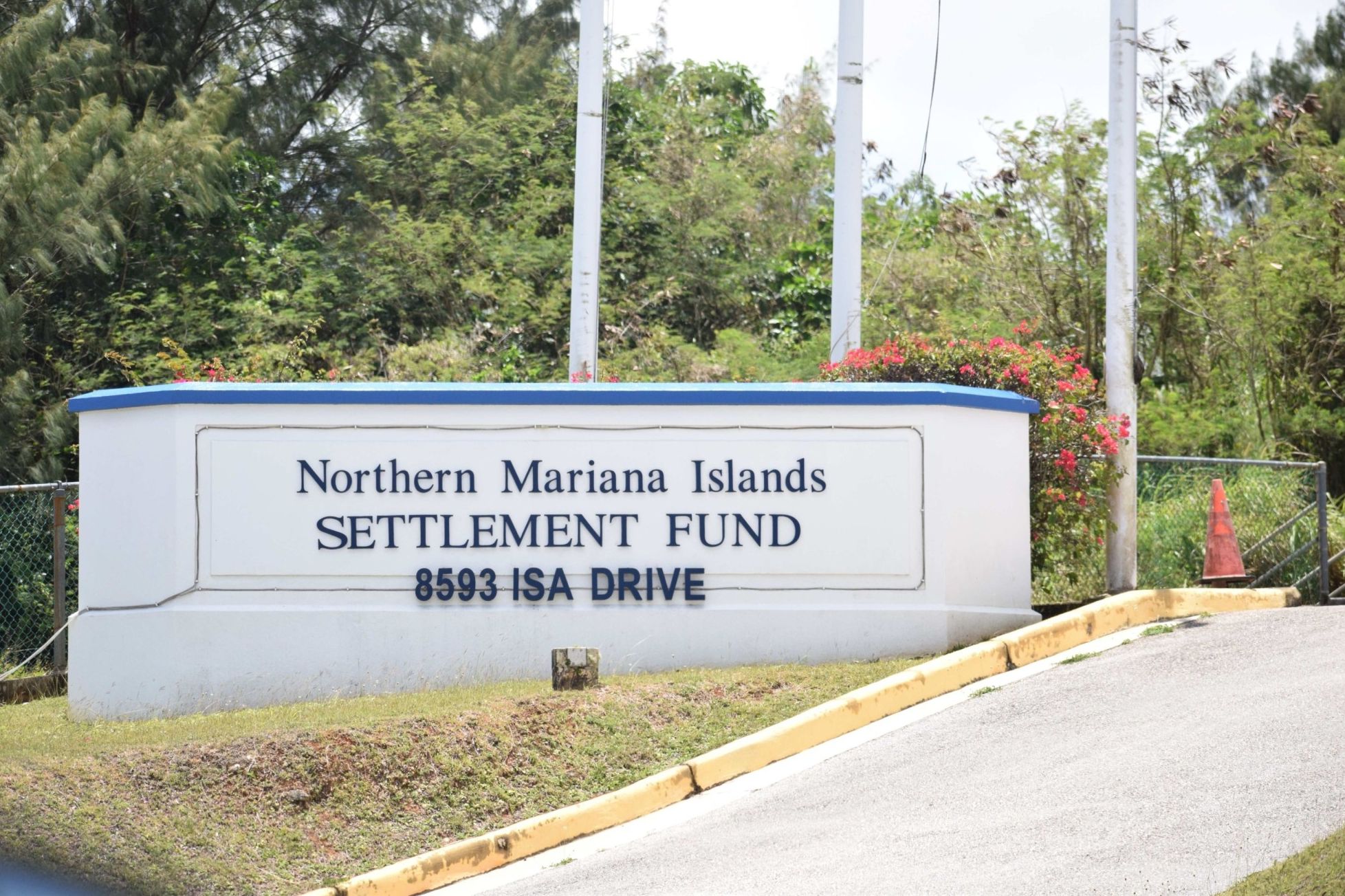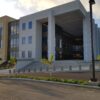RESEARCHERS said advanced DNA testing conducted on the remains of ancient Chamorros confirmed the biological and cultural continuity of the local people’s lineage in the Marianas for over 2,500 years.
It is also likely that the ancient Chamorros originated from Indonesia, the archaeologists added.
At American Memorial Park’s Visitor Center’s auditorium on May 27, anthropologist Rosalind L. Hunter-Anderson, Ph.D. and archaeologist Joanne E. Eakin, M.A. presented the latest findings on the earliest human presence in the Marianas.
These were the early and middle Unai eras when ocean voyagers “came and went” between 3,500 and 2,500 years ago, and the late Unai era when they “came and stayed” in the islands between 2,500 and 1,600 years ago.
These eras were followed by the Huyong age, between 1,600 and 1,000 years ago, when early settlers lived further inland. Next was the Latte period between 1,000 and 500 years ago when these people became latte builders.
Hunter-Anderson and Eakin also said that technology has advanced significantly and provides findings that challenge earlier beliefs that the ancient Chamorros originated from the Philippines.
They said analysis showed that the lineage of both the Unai and the Latte periods originated during the Holocene Epoch in eastern Indonesia, most likely Sulawesi.
Hunter-Anderson said ancient DNA from the Unai and Latte periods showed no direct pre-historic connection to the Philippines.
Earlier studies found linguistic evidence and pottery similarities suggesting the direct settlement of ancient people from the Philippines.
But Hunter-Anderson said the findings they presented “contradict Chamorro origin models based on historical linguistics and similarities in pottery which asserted that the Marianas indigenous people derived their ancestry from farmers in the northern Philippines.”
Genetic continuity
Hunter-Anderson and Eakin also said that despite differences in appearance and customs, the Unai and Latte people of Naton Beach, along with the Latte people of Haputo in Guam and Anaguan in Garapan, Saipan, shared the same maternally inherited lineages, “a proof of remarkable genetic continuity across 2,500 years and into the present day.”
Hunter-Anderson and Eakin said the Unai and Latte people were the direct ancestors of modern Chamorros.
The ancestors of the modern Chamorro people were here from the beginning of the permanent settlement, Hunter-Anderson and Eakin said.
In 2015, the two researchers obtained samples of ancient skeletal collections from burial sites on Naton Beach and Haputo in Guam. In 2020, during the excavation for the construction of the Imperial Pacific International casino hotel, they also collected samples from the Anaguan burial site in Garapan on Saipan.
The maternally inherited late Unai age DNA is very homogenous, Hunter-Anderson and Eakin said, adding that 90% belong to the most common lineage present in the modern Chamorro DNA.
The Latte period DNA is also very similar to the late Unai DNA, and paternally inherited DNA in both groups likewise shows a high degree of continuity, Hunter-Anderson and Eakin said.
Future research
Hunter-Anderson said the search for Chamorro origins using ancient DNA has just begun to reveal information that is challenging older scenarios based on language similarities and pottery design comparisons.
She said ancient DNA goes much deeper into the human past while directly connecting present day people to that past.
The Marianas data, she said, are limited due to the small number of archaeological site samples.
She said their new goal is to obtain a more comprehensive record analyzing more samples from sites in Guam, Saipan, Tinian and Rota.
The archaeological record in each island, she said, is complex, and DNA from pre-historic occupants is bound to reveal new and interesting information.
She said they plan to pursue this exciting prospect in the near future.
Chamorro language and heritage teacher Candice “Primitiva” Muna thanked Hunter-Anderson and Eakin for the presentation.
She said it was very important for the Chamorro people to obtain more information about their ancestors.
“It is part of the mystery that is still unfolding,” she said. “There is so much more to us than our colonial era.”
Chamorro pre-history, she added, “may influence our public policy, how we care for our land, and the ancient burial sites amid new development projects.”
Hunter-Anderson said they will continue to share new and more information with the Northern Marianas Humanities Council and the CNMI Museum.

These skulls of ancient Chamorros were excavated in different burial sites on Guam and Saipan.

Rosalind L. Hunter-Anderson, Ph.D., right, and Joanne E. Eakin, M.A., presented the latest ancient Chamorro DNA test results at American Memorial Park’s Visitor Center on May 27, 2022.











